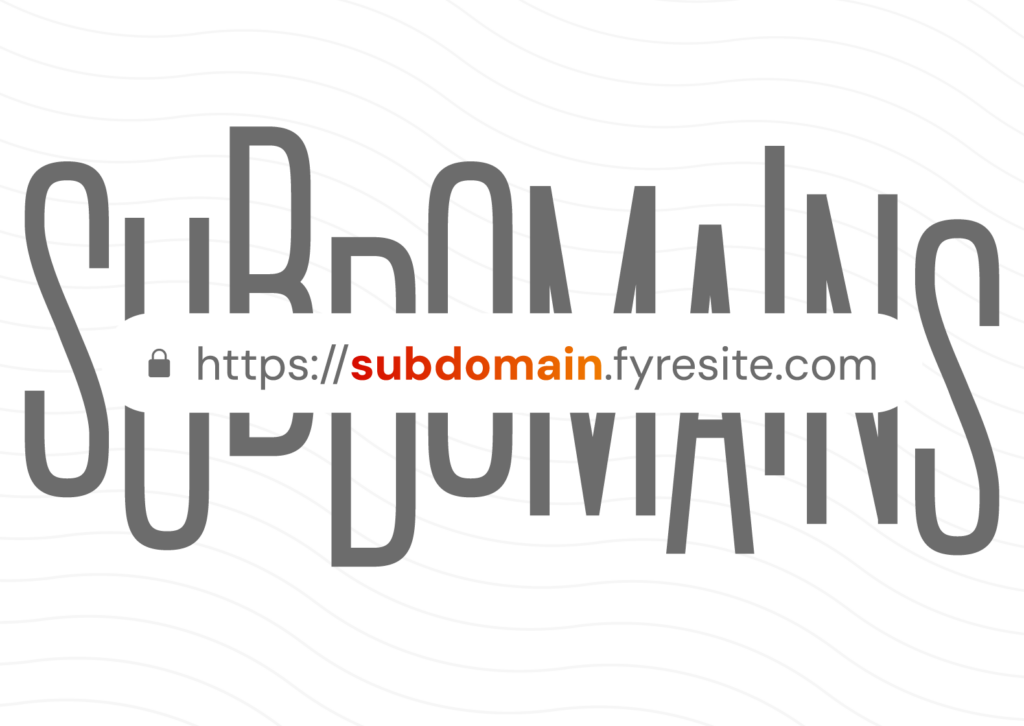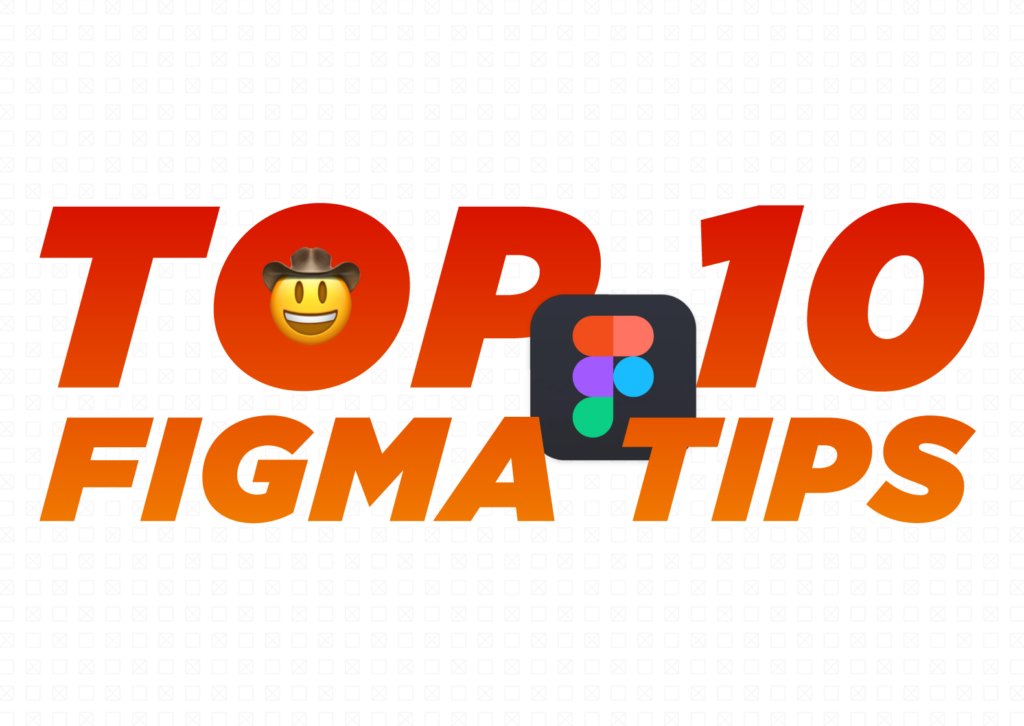To sell a product, you have to know who your audience is. Who benefits from what you’re offering? Who’d be willing to pay for it? And, what may be the most important question, how do you get their attention?
Most businesses find that they have different audiences for different products and services. Take Fyresite, for example. We offer a variety of services, so if we want to target those interested in our app services, we need to make a segment of those interested in our app services, excluding those only interested in web.
By splitting your audience into smaller segments, you can more effectively target portions of your audience likely to perform certain actions, such as purchasing.
What is Audience Segmentation?
Audience segmentation is a technique used to separate your total audience into smaller, more manageable segments.
By segmenting your audience, you can make sure that you’re taking a customer first approach and more efficiently reaching your audience about what they’ll care about. Tailoring your messaging to your audience helps with customer loyalty and can lead to higher conversion rates.
Common Segmentation Techniques
Audience segments can be helpful, but you need to know how to properly segment your audience. Here are a few different common techniques that can help you with your segmentation.
4 Ps
The four Ps are product, price, place, and promotion. While these are general marketing principles, they are incredibly helpful when segmenting your audience.
What product are you selling? How much are you selling the product for? Where are you selling the product, and where can you send it to? How are you going to promote your product?
Once you answer these questions, you can ask who in your audience would meet at the intersection of your four answers. That would be the audience segment for you to target.
Demographic
One of the most popular (and successful) ways to segment your audience is by demographics.
Demographics can include age, gender, location, income level, and even job type. A combination of these demographic factors can also be used to further define the audience segment.
Geographic
Geographic segmentation separates your audience based on their physical location. This can be as broad as the country they live in or as narrow as their postal code.
Geographic segmentation is especially helpful when targeting specific trends and/or incomes. If you’re selling ski gear, and you have a list of buying trends by zip code, you’d want to target the ones that have higher percentages of people buying ski gear/cold weather sports equipment.
By focusing on geographic locations that are likely to buy your product, you can save money by not advertising where your product is unlikely to sell.
Psychographic
Psychographic segmentation splits your audience based on their psychological traits. This includes personality, lifestyle, social status, attitudes, likes and dislikes, opinions, and activities they participate in.
This segmentation ensures that you’re targeting the right audience at the right time. How your audience thinks directly relates to how they buy.
Behavioral
Behavioral audience segmentation divides your audience into segments based on their behavior.
What social media platforms do they use, and how often do they use them? Where do they shop? Do they often shop online? What do users do on your app/website? What do they not do?
Answering and segmenting your audience based on these questions (to start!) allows a more personalized, accurate audience experience.
How to Utilize Audience Segmentation in ECommerce Spaces
So you’ve learned how to segment your audience. Now what? How can that help an eCommerce merchant?
An eCommerce store is different from a brick and mortar store. You’re reaching a larger audience, but you’re also competing with a lot of businesses, SEO, and more. If you try to target anyone and everyone that you think will be interested in your product, your ROI is likely to be low.
However, if you segment your audience and target the segment that is most likely to be interested in your product or service, you are more likely to receive higher ROI. It’s important that, regardless of how established your brand is, you minimize costs and maximize profits.
Partner with Fyresite for Effective Audience Segmentation Solutions
In order for audience segmentation to be effective, you need a great eCommerce store. Does your store need a facelift, a platform transfer, or monthly tune ups? Reach out to Fyresite or check out our continuous improvement options to get started today!
 Taylor Simmons
Taylor Simmons 

